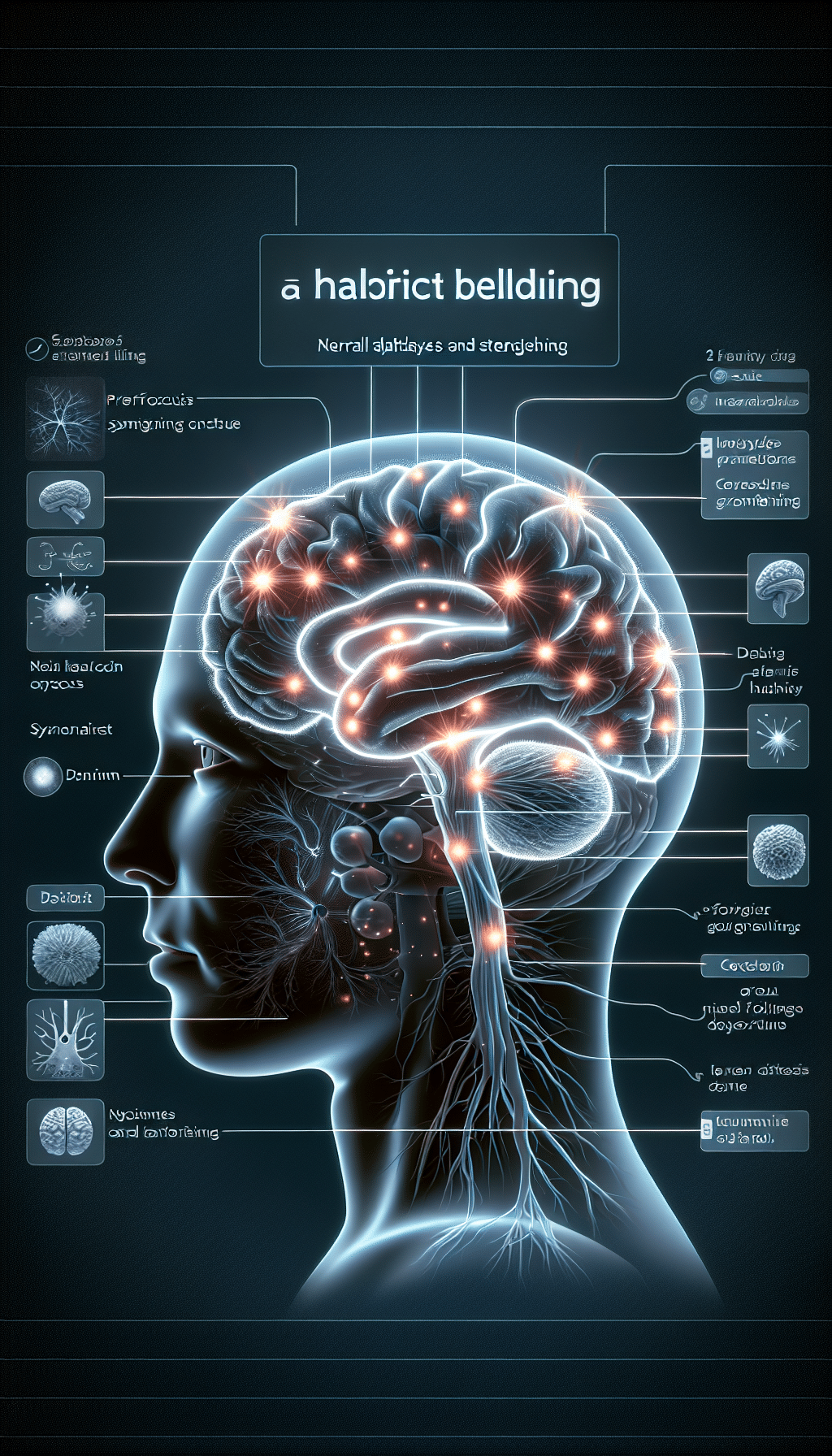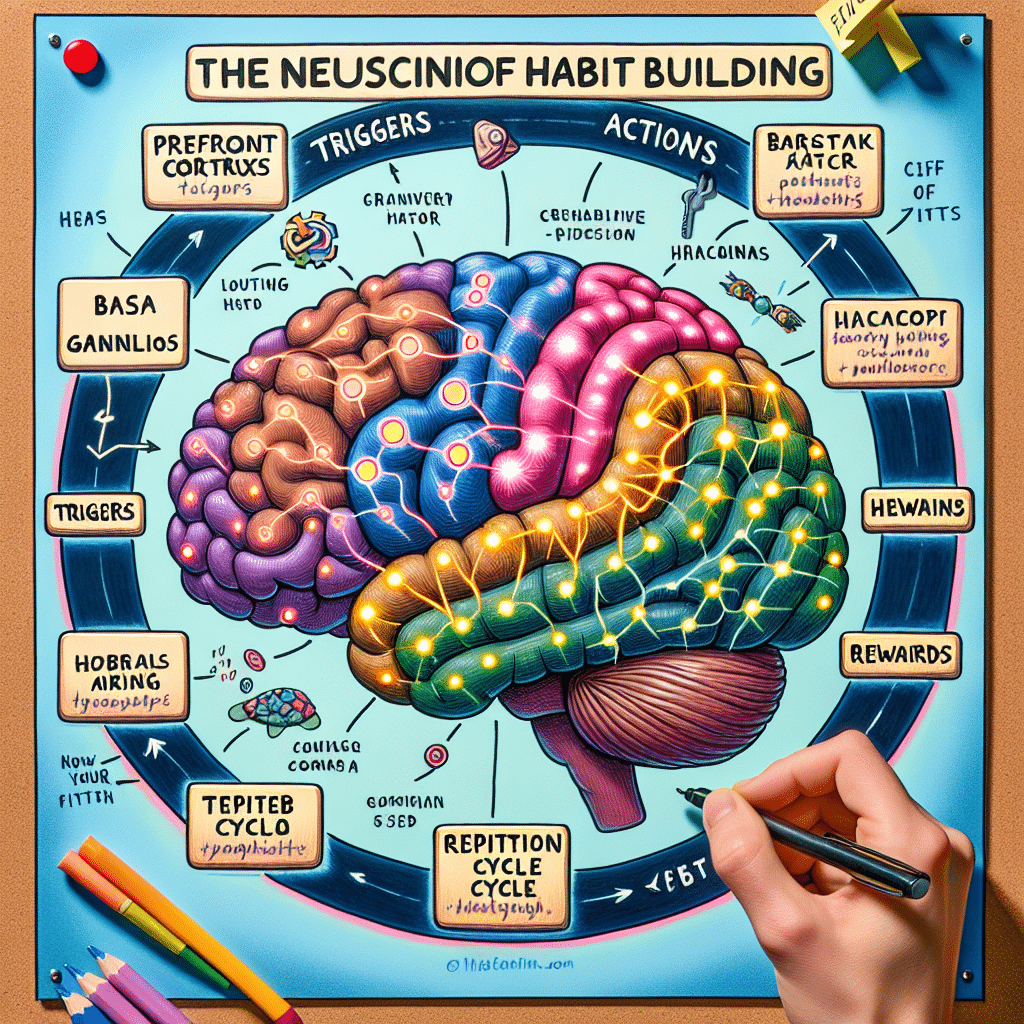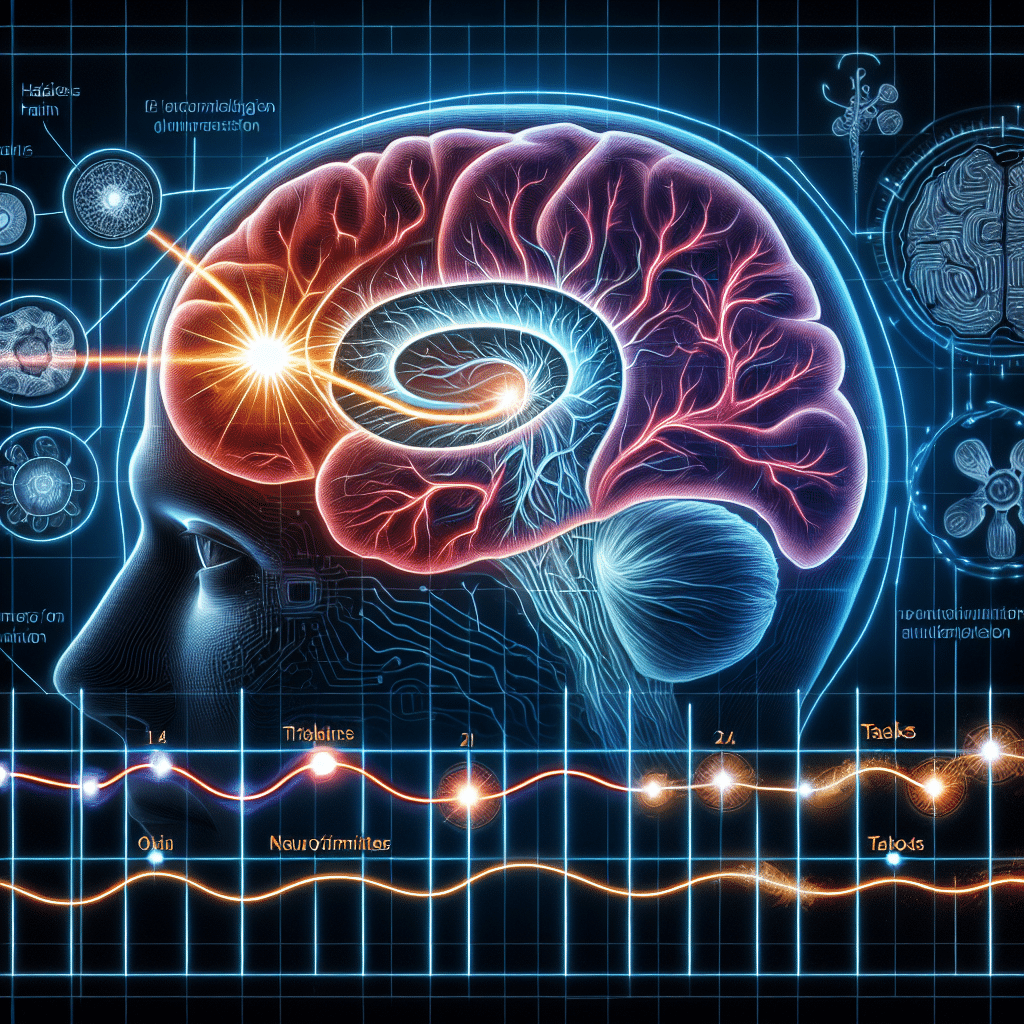
Understanding the neuroscience of habit building can provide insights into how our brains form and maintain habits, as well as how we can leverage this knowledge to create positive changes in our daily routines. By examining the complex interplay between neural pathways and behavior, we can unlock the secrets to breaking old habits and forming new ones.
How habits are formed in the brain
Habits are behaviors that have become automatic and are performed without much conscious thought. They are formed through a process that involves three key components: cues, routines, and rewards. When we repeatedly engage in a behavior in response to a specific cue and receive a reward, our brains start to associate the cue with the behavior, making it more likely that we will continue to perform the behavior in the future.
Neuroscience research has shown that habits are primarily driven by the basal ganglia, a region of the brain responsible for motor control, learning, and reward processing. When we engage in a behavior that is rewarding, such as eating a delicious meal or receiving positive feedback, our brains release dopamine, a neurotransmitter that reinforces the behavior and makes us more likely to repeat it in the future.
Over time, these repeated behaviors become encoded in the basal ganglia as neural pathways, making them more automatic and less reliant on conscious decision-making. This is why breaking a habit can be challenging, as these neural pathways have been strengthened through repetition and reward.
Understanding how habits are formed in the brain can help us develop strategies to create new habits or break existing ones. By identifying the cues that trigger a behavior, replacing the routine with a healthier alternative, and ensuring a satisfying reward, we can rewire our brains to form new, more beneficial habits.
Ultimately, by harnessing the power of neuroscience, we can take control of our habits and make positive changes in our lives. Whether we want to start exercising regularly, eat more healthily, or break a bad habit, understanding the science behind habit formation can give us the tools we need to make lasting changes.
Importance of reward in habit formation
One of the key aspects of the neuroscience of habit building is the role of rewards in shaping our behavior. Our brains are wired to seek out rewards and to repeat actions that lead to positive outcomes. This is why rewards play a crucial role in habit formation.
When we engage in a behavior that is followed by a reward, our brain releases dopamine, a neurotransmitter associated with pleasure and reward. This dopamine release reinforces the neural pathways associated with that behavior, making it more likely that we will repeat it in the future. Over time, this process leads to the formation of habits.
However, not all rewards are equally effective in shaping habits. Research has shown that the most effective rewards are those that are immediate, consistent, and meaningful to the individual. For example, if you are trying to establish a habit of exercising regularly, rewarding yourself with a small treat each time you work out can help reinforce the habit.
It’s important to note that the brain can also become desensitized to rewards if they are too predictable or if they lose their novelty. This is why it’s important to vary the rewards you use to reinforce your habits and to occasionally introduce new rewards to keep the habit engaging and rewarding.
Understanding the role of rewards in habit formation can help you design effective strategies for building new habits and breaking old ones. By identifying the rewards that motivate you the most and structuring your habits around them, you can increase the likelihood of success.
In conclusion, rewards play a crucial role in shaping our habits by reinforcing the neural pathways associated with specific behaviors. By understanding the neuroscience of reward-based learning, you can harness the power of rewards to build new habits and break old ones.

Strategies for creating and breaking habits
Creating new habits can be challenging, but understanding the neuroscience behind habit formation can help make the process more manageable. Here are some strategies based on neuroscience that can help you create and break habits:
1. Start Small
When trying to create a new habit, start with small and manageable tasks. The brain is more likely to form a habit when the task is easy to accomplish and doesn’t require too much effort. Once the habit becomes more ingrained, you can gradually increase the complexity of the task.
2. Consistency is Key
Consistency is crucial in forming new habits. The brain thrives on routine and repetition, so make sure to perform the new habit consistently at the same time each day. This helps strengthen the neural pathways associated with the habit, making it easier for the brain to automate the behavior.
3. Use Rewards
Rewards play a significant role in habit formation. When the brain receives a reward for performing a certain behavior, it releases dopamine, a neurotransmitter associated with pleasure and motivation. This reinforcement strengthens the habit loop, making it more likely to stick. However, be mindful of the types of rewards you use to avoid developing unhealthy habits.
4. Identify Triggers
Triggers are cues in your environment that prompt a certain behavior. By identifying and understanding your triggers, you can better anticipate and control your responses. This awareness allows you to replace negative triggers with positive ones, making it easier to break unwanted habits and establish healthier ones.
5. Seek Support
Changing habits can be challenging, so don’t hesitate to seek support from friends, family, or professionals. Surrounding yourself with a supportive network can provide encouragement, accountability, and motivation to help you stay on track with your habit goals.
By implementing these strategies grounded in neuroscience, you can increase your chances of successfully creating and breaking habits that align with your personal goals and values.
Applying Neuroscience to Personal Habits
Understanding the neuroscience of habit building can significantly impact how we approach creating and breaking habits in our daily lives. By utilizing the knowledge of how habits are formed in the brain, we can develop more effective strategies for behavior change.
The Role of Cue-Routine-Reward Loop
One of the key concepts in habit formation is the cue-routine-reward loop. This loop helps explain how habits are ingrained in our brain and how certain behaviors become automatic. By identifying specific cues that trigger a habit, adjusting the routine, and ensuring a reward is present, we can rewire our brain to establish new, positive habits.
Implementing Behavior Change Techniques
Neuroscience research has identified several techniques that can help in creating and breaking habits. These include setting specific goals, visualizing the desired outcome, creating a supportive environment, and gradually implementing changes. By applying these techniques based on the understanding of how the brain forms habits, we can make sustainable changes in our behavior.
Utilizing Rewards for Habit Formation
Rewards play a crucial role in habit formation as they activate the brain’s reward pathway, releasing dopamine and reinforcing behavior. By incorporating rewards that are immediate, consistent, and meaningful, we can strengthen the neural pathways associated with a new habit. This can make it easier to maintain the habit over time.
Tracking Progress and Adjusting Strategies
Utilizing neuroscience to build habits also involves tracking progress and adjusting strategies accordingly. By monitoring our behavior and reflecting on what works best for us, we can fine-tune our approach to habit building. This iterative process allows us to continuously adapt and improve our habits based on how our brain responds to different strategies.
Overall, applying the principles of neuroscience to personal habits can enhance our ability to create lasting behavior change. By understanding how habits are formed in the brain and using evidence-based strategies, we can optimize our efforts to build positive habits and break free from negative ones.

Summary
Understanding the neuroscience behind habit building is crucial for effectively forming or breaking habits. Habits are deeply ingrained in our brain’s neural pathways, making them automatic responses to certain cues. The role of rewards in reinforcing habits cannot be understated, as our brain’s pleasure centers drive repetitive behavior.
By utilizing strategies like repetition, cue manipulation, and behavior replacement, individuals can harness the power of neuroscience to create and sustain healthy habits. Breaking old habits requires reprogramming the brain’s reward system and establishing new neural pathways through consistent effort and mindfulness.
Ultimately, applying neuroscience to personal habit formation can lead to lasting behavioral changes and improved overall well-being. By understanding the science behind habits, individuals can take control of their actions and lead more fulfilling lives.






